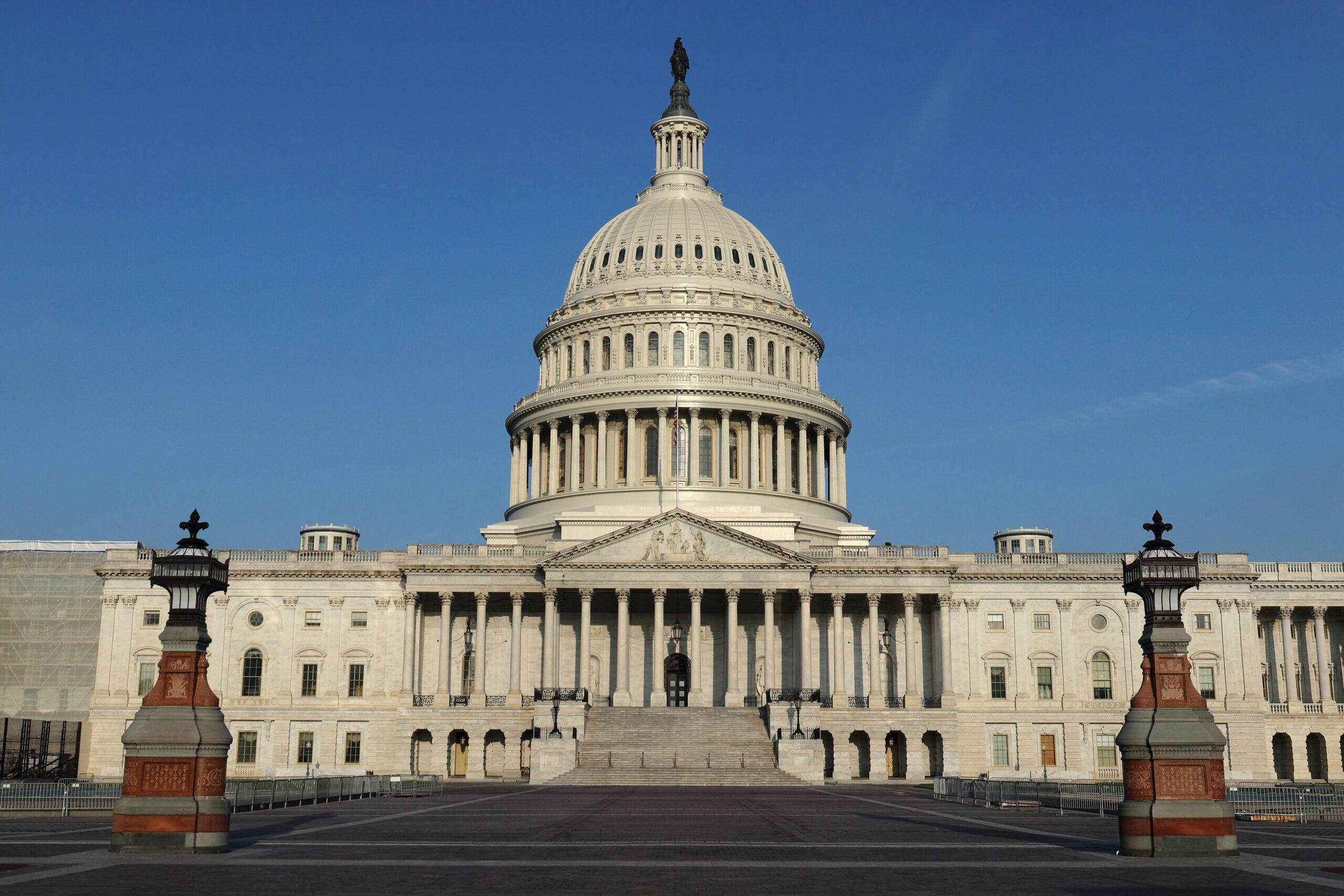
www.dailysignal.com
‘The Cavalry Is Coming’: After Redistricting Failure, Conservatives Prepare for War in Indiana
Conservative activists are preparing for the Indiana primaries following Thursday’s failed redistricting vote.
In the Indiana Senate, 21 Republican state senators joined 10 Democrats in voting against a congressional map that would have potentially given the GOP two more seats in Congress.
The GOP state lawmakers’ vote has supercharged conservative activists who spoke to The Daily Signal about what they would be doing to make sure those Republicans who voted against redistricting lost their seats in office.
The Establishment GOP Problem
Benny Johnson, a conservative activist and host of “The Benny Show,” called out the establishment GOP in an interview with The Daily Signal.
Referring to Republicans who cave to pressure by the establishment, Johnson said noted that they end up serving “Democrats in our policymaking.”
That point may go a long way to explaining why a state senate that had forty Republicans and only 10 Democrats still voting against giving the GOP more seats in Congress.
Those types of Republicans “always want to be loved by the left,” Johnson added
“You know, Indiana has been a red state for a very, very, very long time. People get very comfortable in that environment. They get squishy, get soft, and they get neutered,” the conservative commentator postulated.
Indiana Lt. Gov. Micah Beckwith told The Daily Signal that “This is the problem with Republicans in general: we are not engaged up front with the issues as much as the Democrats are.”
Beckwith also addressed a structural problem in Indiana’s elections.
“We have open primaries, which is the most foolish primary system you could have. There was a marketing campaign last primary season that said Democrats can vote in Republican primaries too,” Beckwith explained.
That issue was also raised by Johnson, who told The Daily Signal that “open primaries, ranked choice voting: these are kind of platforms that are driven by the left.”
“They get passed in squishy places like Indiana, in order to rig elections like this,” Johnson continued, adding “Obviously, when you have a bunch of Democrats voting for a Republican, what do you think you’re going to get as the result there?”
I am very disappointed that a small group of misguided State Senators have partnered with Democrats to reject this opportunity to protect Hoosiers with fair maps and to reject the leadership of President Trump. Ultimately, decisions like this carry political consequences. I will…— Governor Mike Braun (@GovBraun) December 11, 2025
Johnson contrasted the Hoosier state with Florida where the activist noted “Republicans still know how to fight and understand what’s at stake and understand how quickly elections can get rigged and how bad things can go downhill.”
Beckwith also suggested that some Republicans in the Indiana government have gone squishy. “There are Republicans in the senate right now that if you had to take a Republican litmus test right now: strengthen the border, anti-DEI, etc. There are Republicans who have consistently voted against those bills in the state senate,” Beckwith explained.
‘The Cavalry Is Coming’: Conservative Orgs Prepare for Indiana Primaries
The failure to redistrict Indiana has galvanized national political organizations to spend in a state they had previously written off as thoroughly conservative.
“Turning Point Action is preparing to invest substantial resources into any primary race involving Republican senators who voted against the redistricting plan for Indiana,” Brett Galaszewski, the Enterprise Director Legacy Field Program at Turning Point Action told The Daily Signal.
Galaszewski explained that those resources would be deployed to “significant field operations—including paid staff, ballot-chase infrastructure, and other grassroots assets.”
”Heritage Action will be actively involved in holding accountable the senators who voted no, including supporting primary efforts against Republicans who ignored their voters,” Tiffany Justice, the executive vice president of Heritage Action, said in a statement.
“My fellow Hoosiers and I are incredibly disappointed by the senators who voted against redistricting,” Monica Boyer, a Heritage Action Sentinel who is from Warsaw, Indiana, told The Daily Signal.
“Conversations are beginning about efforts to primary the senators who let their constituents down. We need to give Indiana a voice. We will not be silenced by those hellbent to kneel to California liberals,” Boyer added.
Johnson is optimistic about what the outcome will be from these efforts.
“I mean, these are like races where five thousand people vote, and so these are easily flippable,” he told The Daily Signal.
The lieutenant governor also expressed appreciation for the national help.
“I feel like the cavalry is coming,” he told The Daily Signal.
The post ‘The Cavalry Is Coming’: After Redistricting Failure, Conservatives Prepare for War in Indiana appeared first on The Daily Signal.














